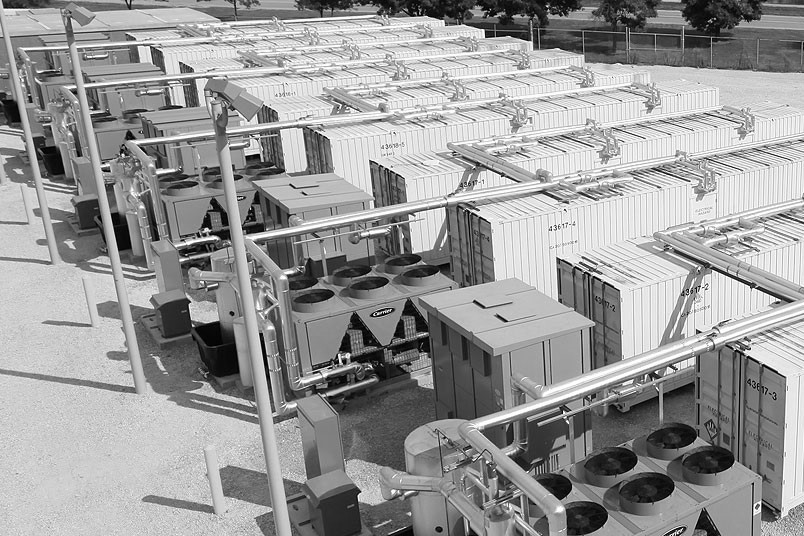Electricity flexibility investment
We are starting the second half of 2017 with a mini-series on investment in electricity system flexibility. Today’s article looks at investment in grid scale battery storage. We then return next week to contrast this with the investment economics of gas-fired peaking generators. We will come back to investment in alternative sources of flexibility (e.g. CCGTs, interconnectors and DSR/distributed flex) as the year progresses.
Flexibility remains a central challenge in a decarbonising and decentralising energy system. Substantial cost reductions in wind and solar capacity are underpinning a robust pipeline of renewable capacity development across Europe. But this requires major investment in flexibility to facilitate swings from intermittent output.
Until recently, consensus was that this flexibility was going to be dominated by gas-fired generators and improvements in interconnection. But rapid costs declines and deployment of battery storage is challenging this view.
The UK power market is leading European investment in the deployment of both battery storage and gas peaking assets. This is being driven by a tight UK reserve margin and a relatively supportive regulatory framework for investment in new flexible capacity. So as we look at investment in batteries vs peakers, we use the UK market as a case study to illustrate the practical challenges facing asset investors.
Batteries: state of play
There is a dazzling array of potential battery storage applications. But to date, the practical focus for commercial deployment has been investment in lithium-ion batteries to provide system services.
Growth in lithium-ion battery deployment is being driven by very rapid cost reductions. Only 2-3 years ago battery costs were in excess of 1000 $/kWh. Tesla made headlines this year with a 250 $/kWh ‘pack level’ cost for 129 MWh battery system it is deploying in South Australia (the world’s largest to date). This headline grabbing price tag excludes some important cost components. But even accounting for these, grid scale battery costs may decline to under 200 $/kWh by the early 2020s.
The batteries currently being rolled out can provide very fast (sub-second) output response, but only over a short duration (e.g. 1 hour). This means that they are well suited to servicing an increasing intermittency driven requirement for rapid frequency response services. Batteries can also be used to defer the costs of investment in grid upgrades. But short duration batteries are not designed to provide wholesale market arbitrage or ‘load shifting’ services.
That doesn’t mean that ‘load shifting’ batteries for wholesale market application should be written off. There are already 4-6 hour duration batteries at the development stage. But the cost structure and cycling limitations of long duration batteries means that load shifting is not yet commercial.
The question looks to be when, rather than if, technology will progress to support broader commercial deployment of load shifting batteries (mid/late 2020s?). But for now we focus on investment in short duration batteries.
UK focus for battery investment
Back in 2014 a 6MW, 10 MWh battery was developed at Leighton Buzzard in the UK. At the time it was the largest battery storage development in Europe. Development relied heavily on support from the UK Low Carbon Networks Fund.
It was almost inconceivable that two years later, 500MW of batteries would be successful in the Dec 2016 UK capacity auction. A combination of technology cost declines and a constructive regulatory framework has catapulted the UK into global pole position for grid scale battery investment.
The rapid growth potential for batteries in the UK is illustrated by the system operator (National Grid’s) latest Future Energy Scenarios projections. Grid projects more than 2GW of growth in UK electricity storage capacity over the next 5 years, in all four of its scenarios for capacity mix evolution. The driving forces: declining battery costs and an increase in system requirement for rapid frequency response services as wind deployment grows.
UK battery investment case study
Commercial deployment of batteries in the UK is attracting a lot of investor attention. In a world of depressed infrastructure yields, battery developers are targeting double digit project returns. There is also a compelling story around scalability, both within the UK market and in Continental Europe.
But project yields reflect risks. Battery investment is by no means a one-way bet. In Table 1 we set out 5 key challenges facing battery investors.
